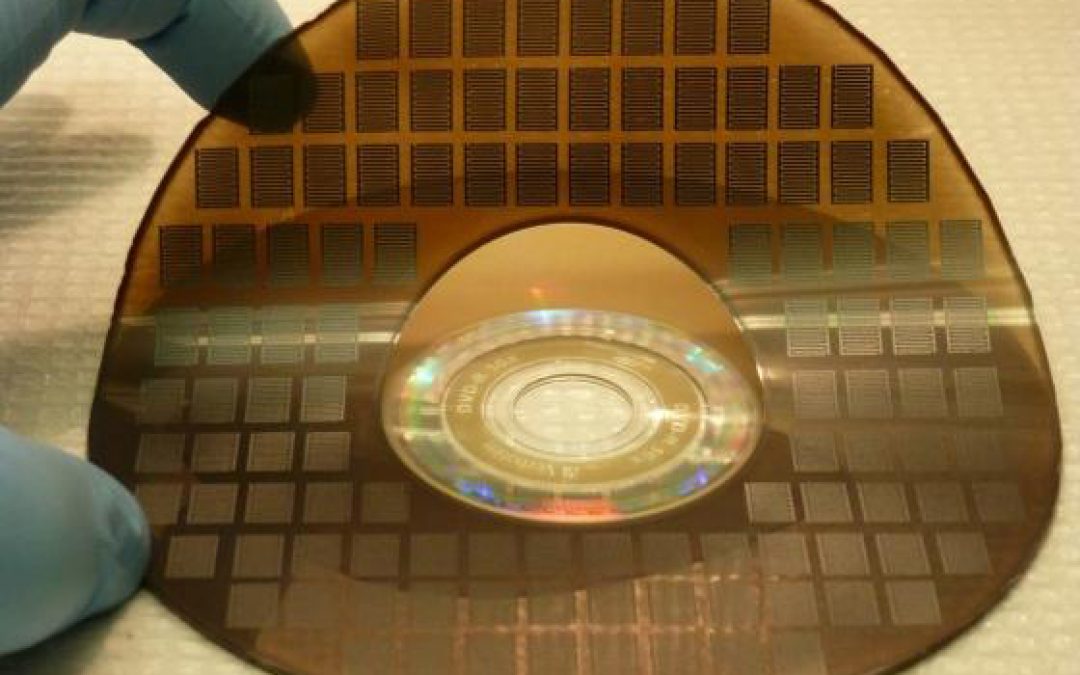The UCLA researchers have developed a groundbreaking technique that uses a DVD burner to fabricate micro-scale graphene-based supercapacitors — devices that can charge and discharge a hundred to a thousand times faster than standard batteries. These micro-supercapacitors, made from a one-atom-thick layer of graphitic carbon, can be easily manufactured and readily integrated into small devices such as next-generation pacemakers.
From How Stuff Works: a capacitor is a little like a battery. Although they work in completely different ways, capacitors and batteries both store electrical energy. Inside the battery, chemical reactions produce electrons on one terminal and absorb electrons on the other terminal. A capacitor is much simpler than a battery, as it can’t produce new electrons — it only stores them.
Capacitors can be manufactured to serve any purpose, from the smallest plastic capacitor in a smartphone, to powering an electric commuter bus. While capacitors are similar to batteries in that they store electrical energy in some fashion, capacitors can charge and discharge (move electricity in and out) much faster than batteries. However capacitors have historically been limited by “energy density”– the amount of energy that can be stored by volume.

Electrochemical capacitors, or “ECs”, also known as supercapacitors or ultracapacitors, store substantially more charge than run-of-the-mill capacitors uses in consumer electronics. Matching or exceed the energy density of batteries and preserve the power performance of capacitors would advance all industries that rely on electrical energy– from electric cars to solar energy and beyond. Apparently, this requires electrodes– the inbound and outbound gateways– that not only maintain high conductivity but also provide higher and more accessible surface area than conventional ECs that use activated carbon electrodes.
According to Science Daily, UCLA Researchers have figured this one out. ”Our study demonstrates that our new graphene-based supercapacitors store as much charge as conventional batteries, but can be charged and discharged a hundred to a thousand times faster,” said Richard B. Kaner, professor of chemistry & materials science and engineering.
_____________________
LEARN MORE
Learn more about Energywhiz.
Follow us Twitter.com/NobleProfit
Register at Noble Profit to gain valuable insights in related topics.
Noble Profit is brought to you by Creative Entity Org and Creative Entity Productions created by Amy Seidman.


 Noble Profit™ is an authentic source for discovering innovation, trends and investment in clean tech, and sustainable business.
Noble Profit™ is an authentic source for discovering innovation, trends and investment in clean tech, and sustainable business.